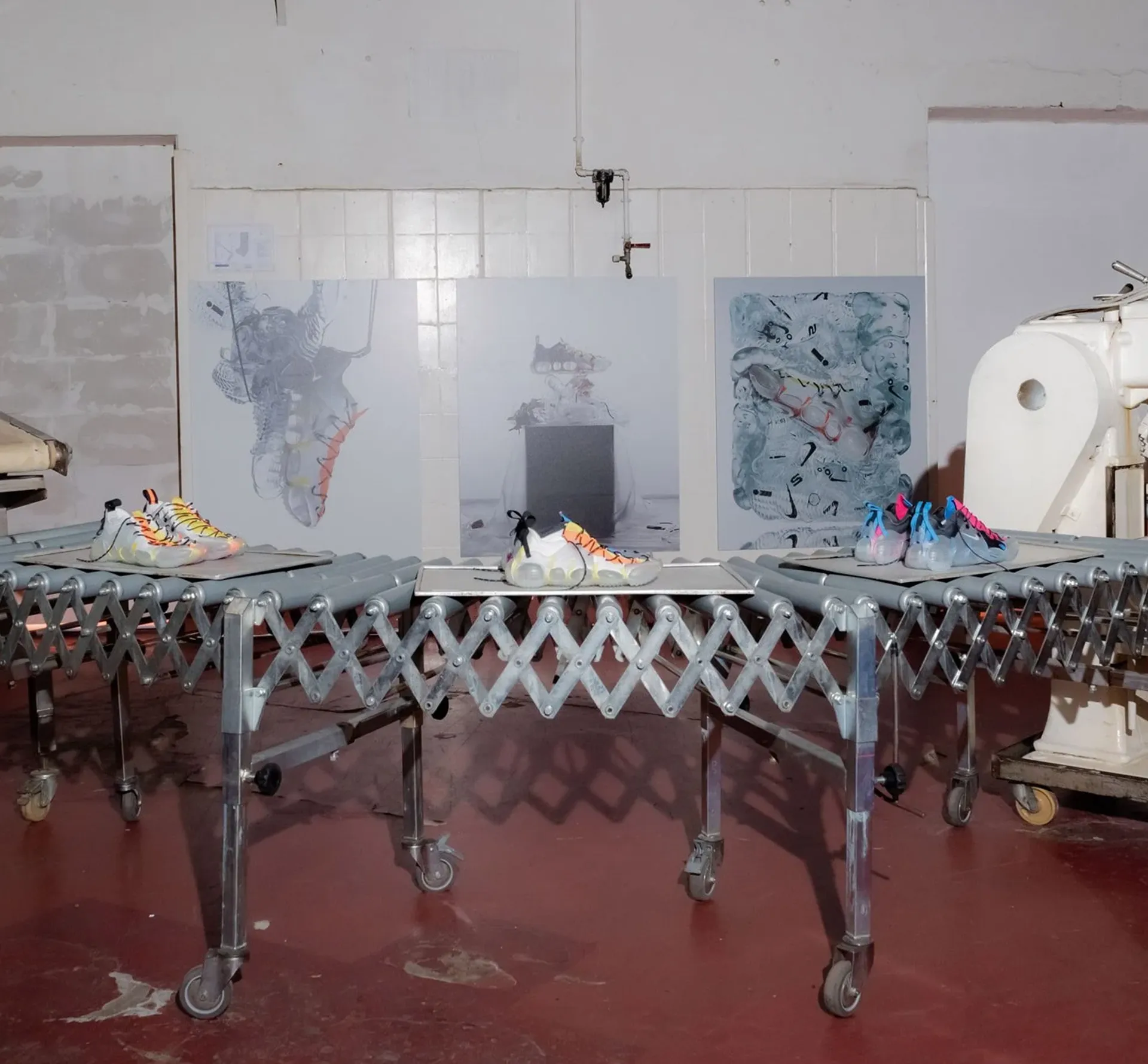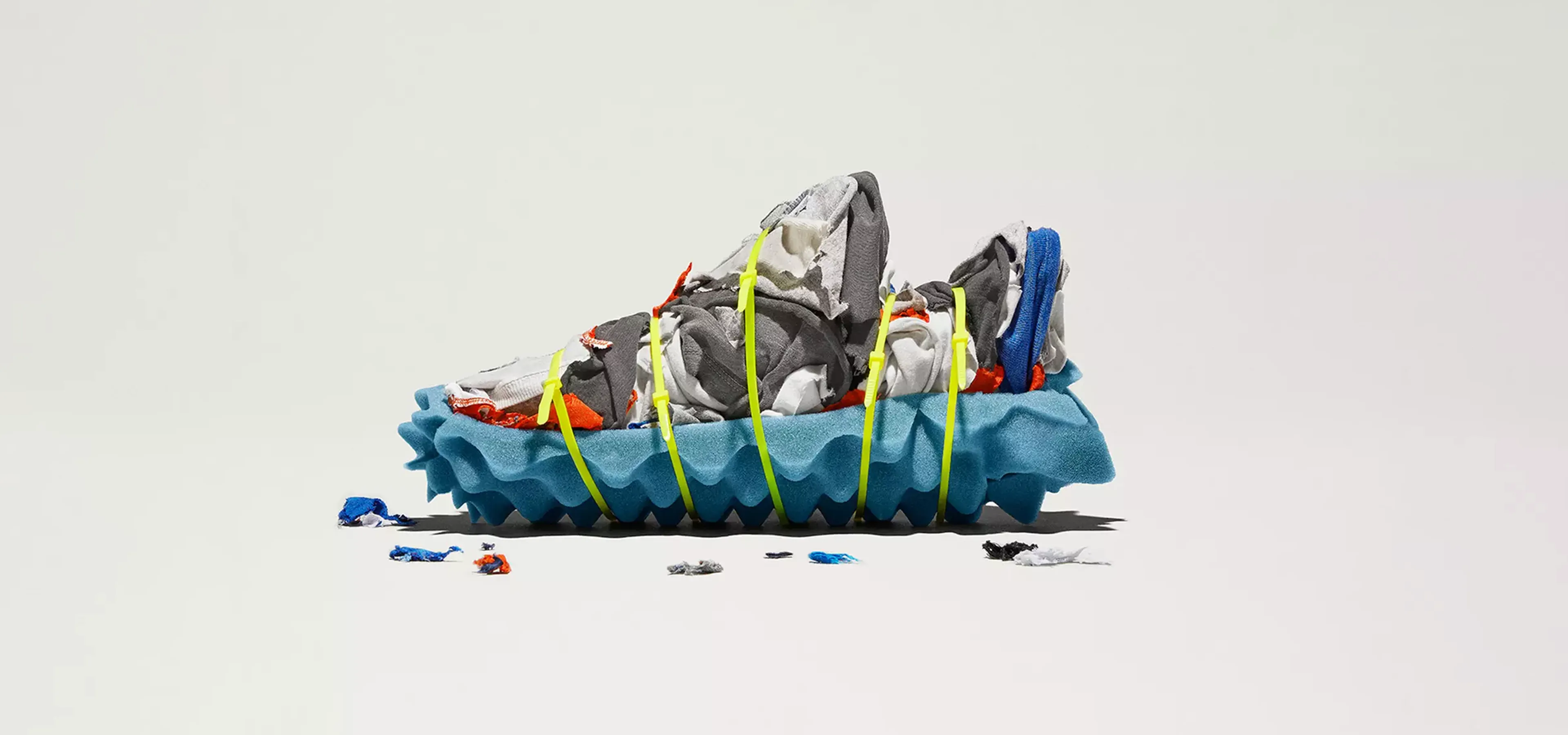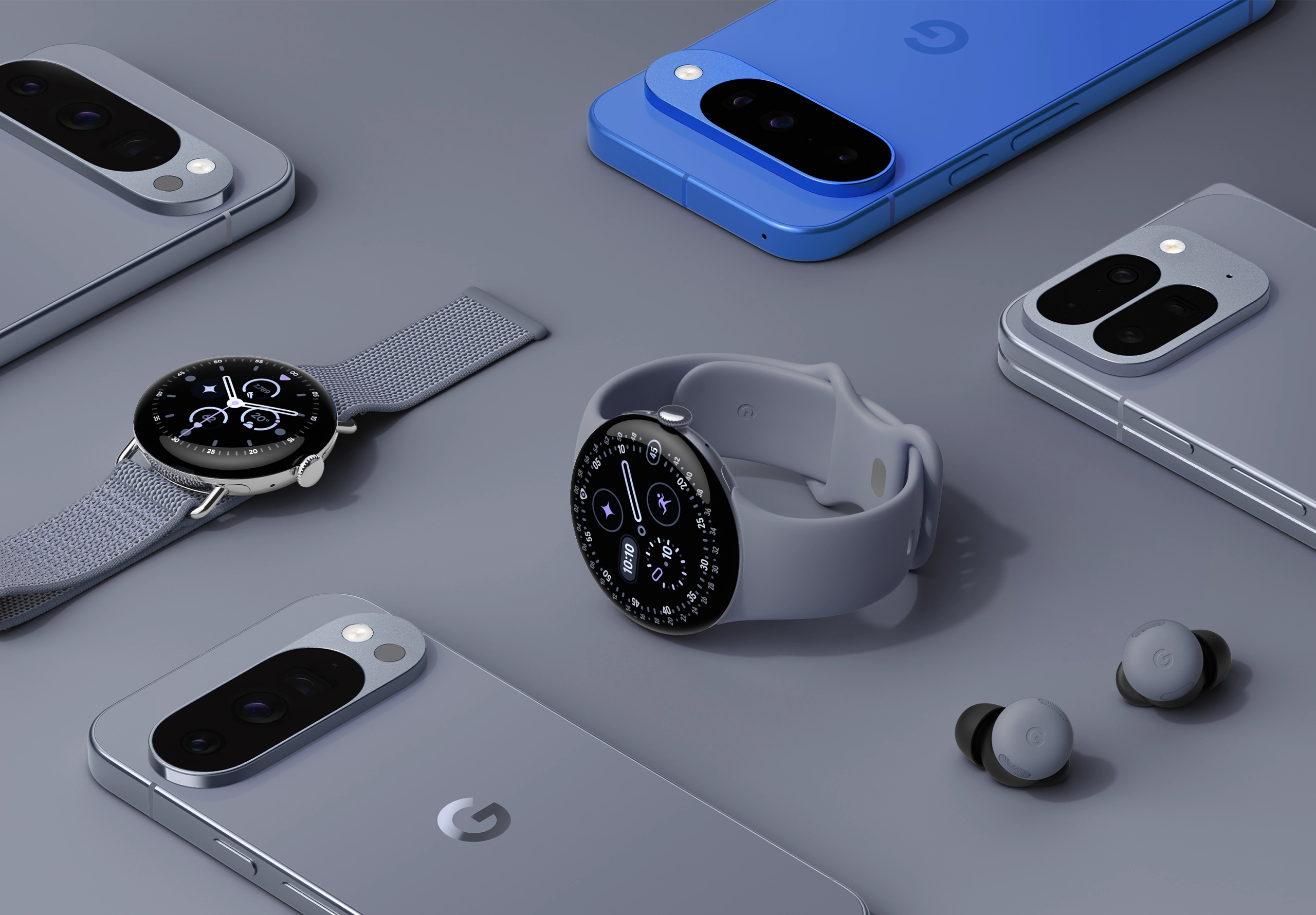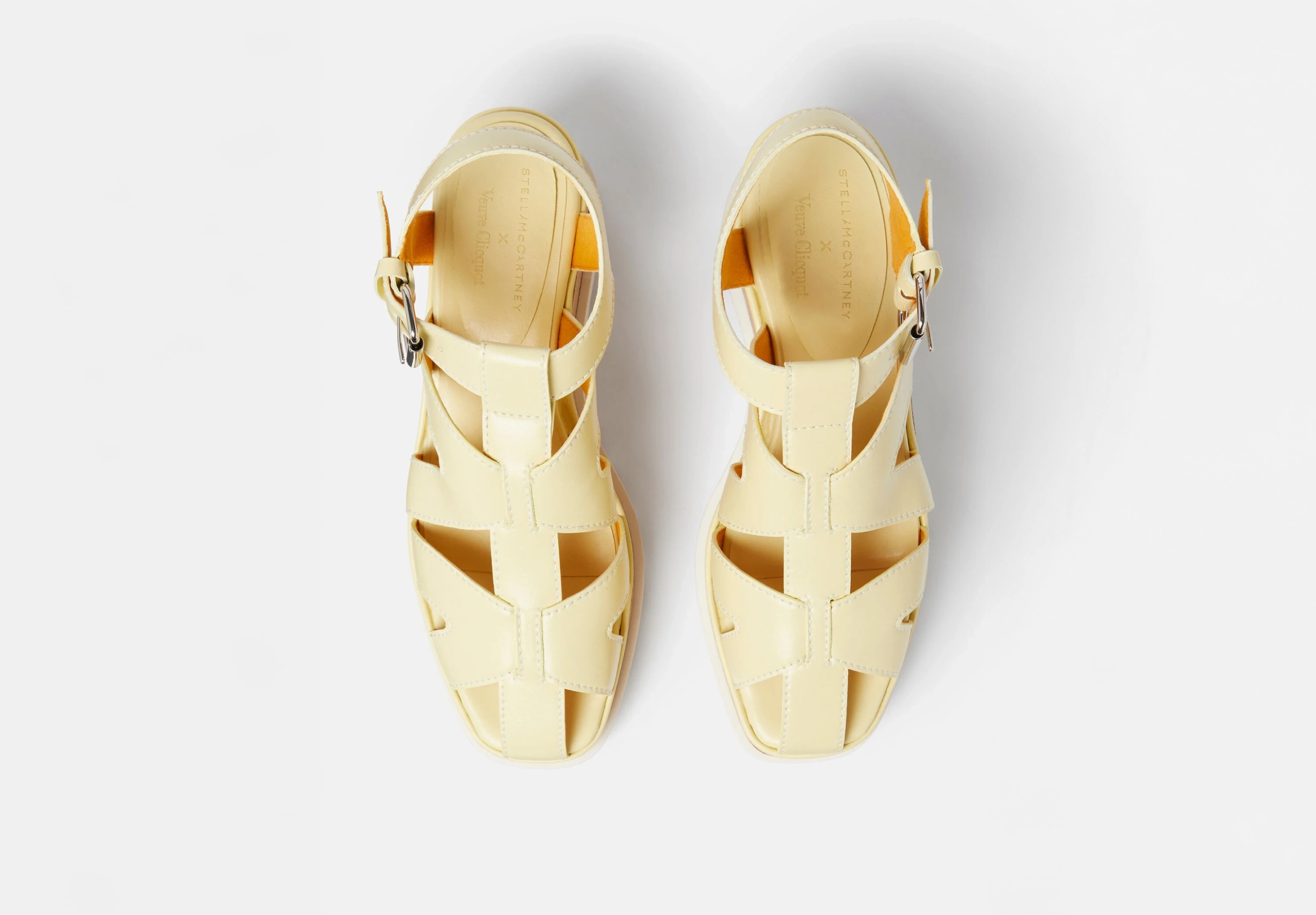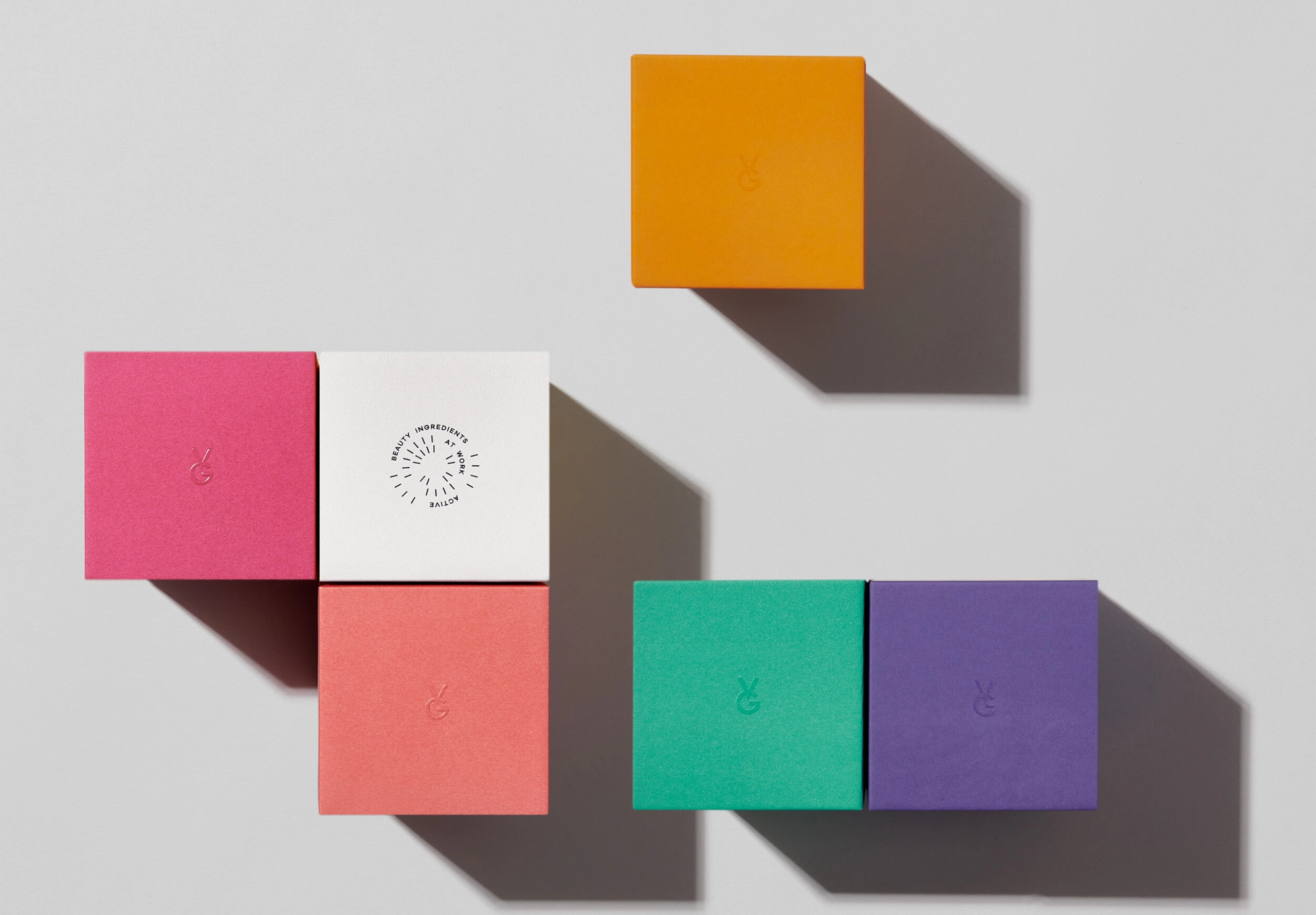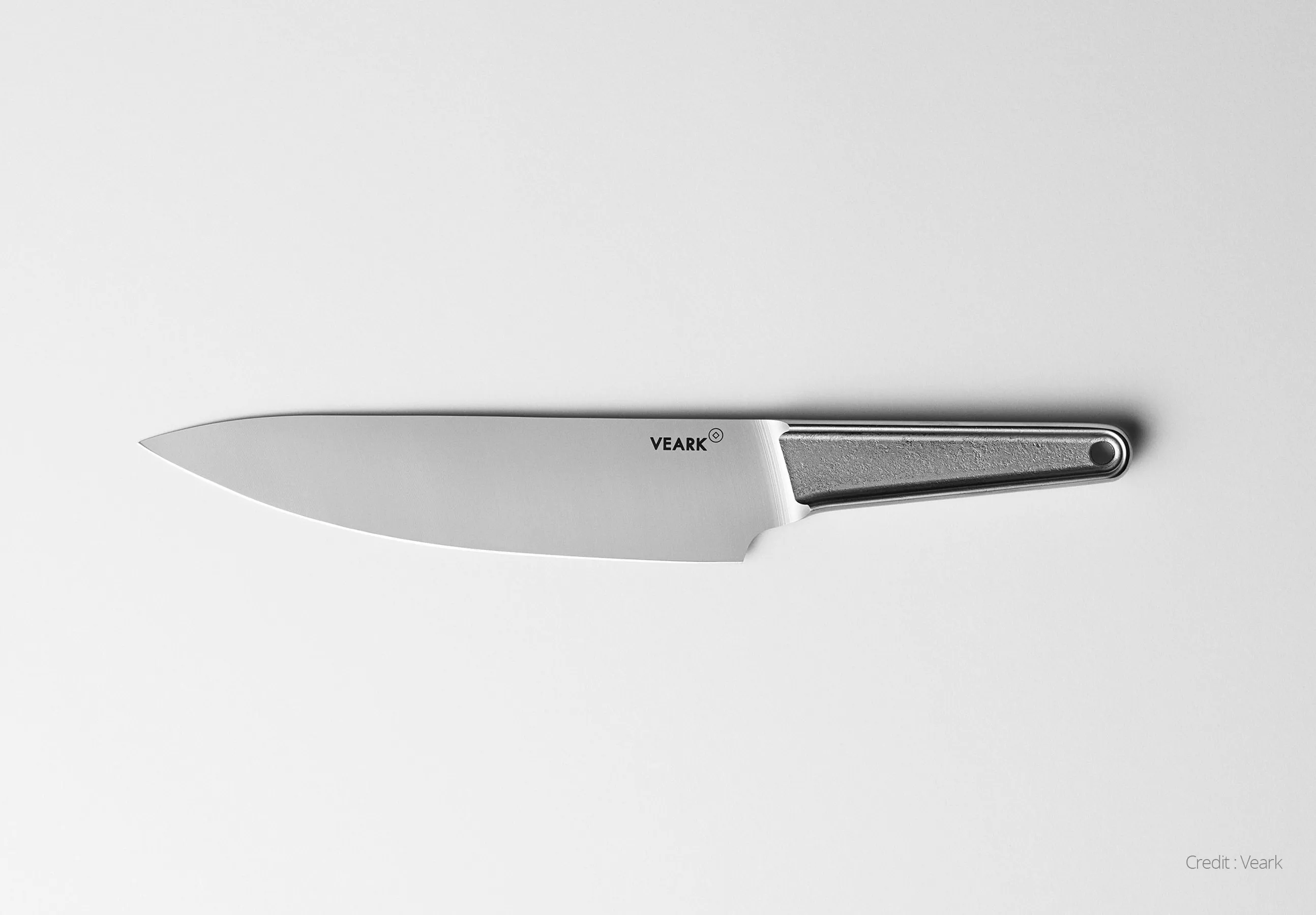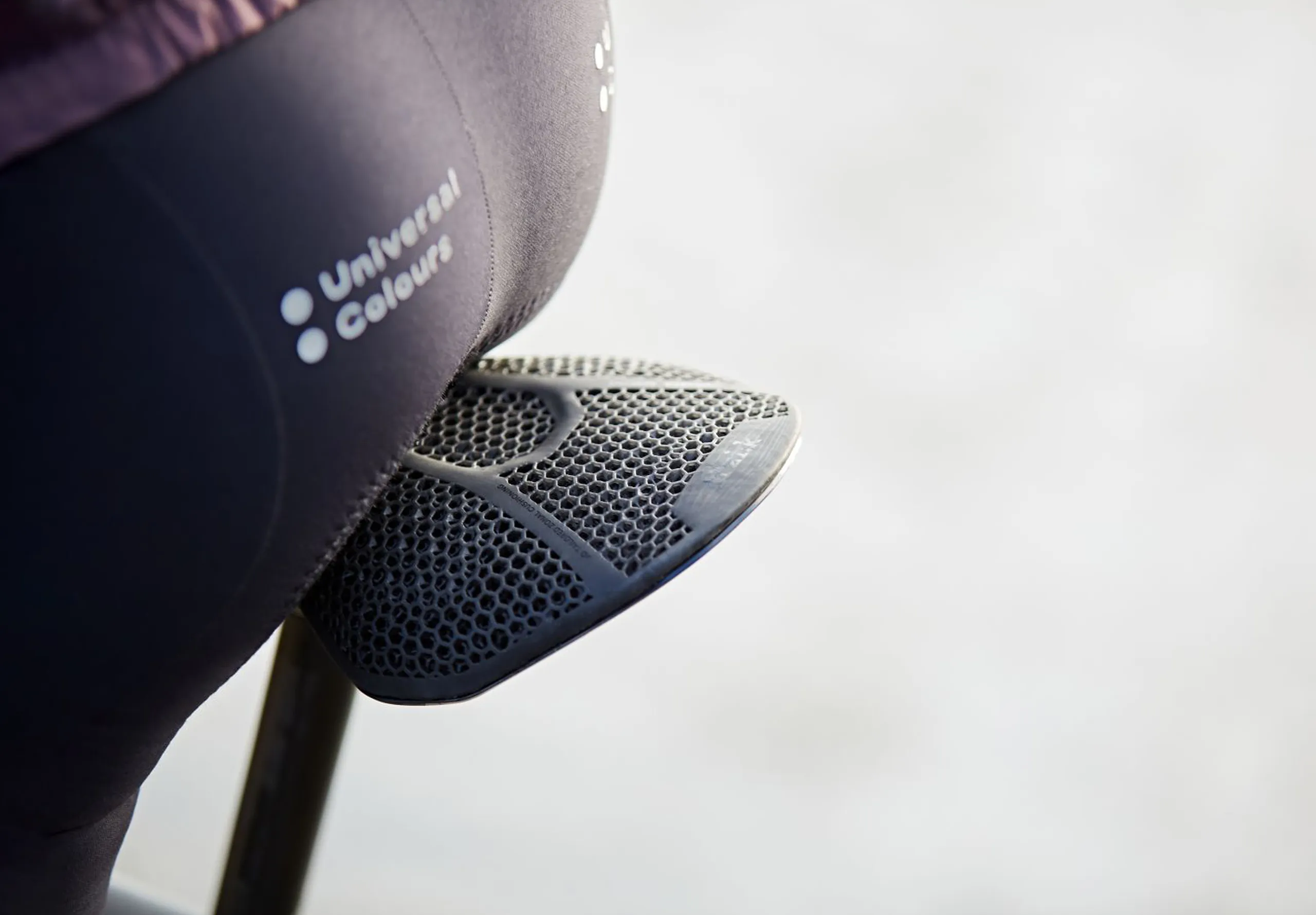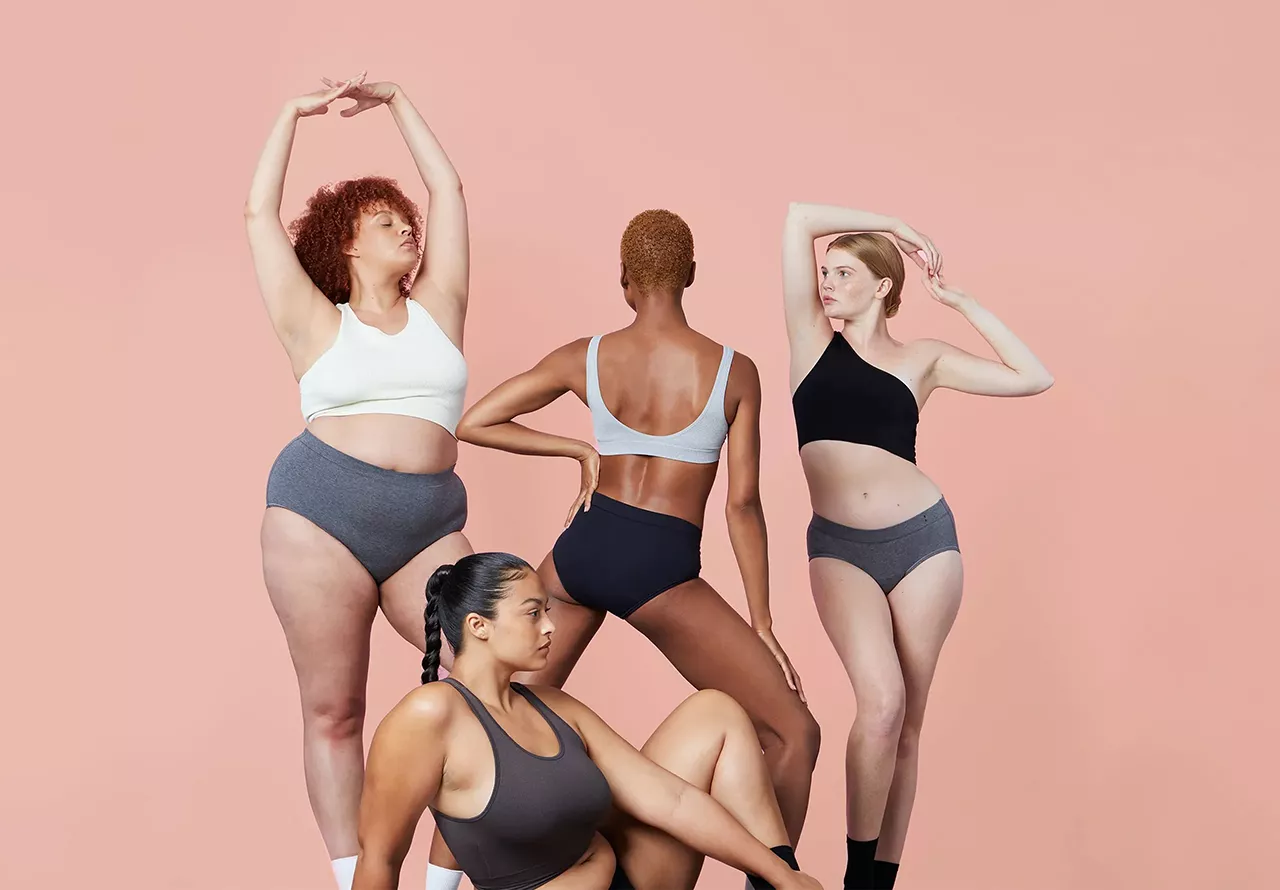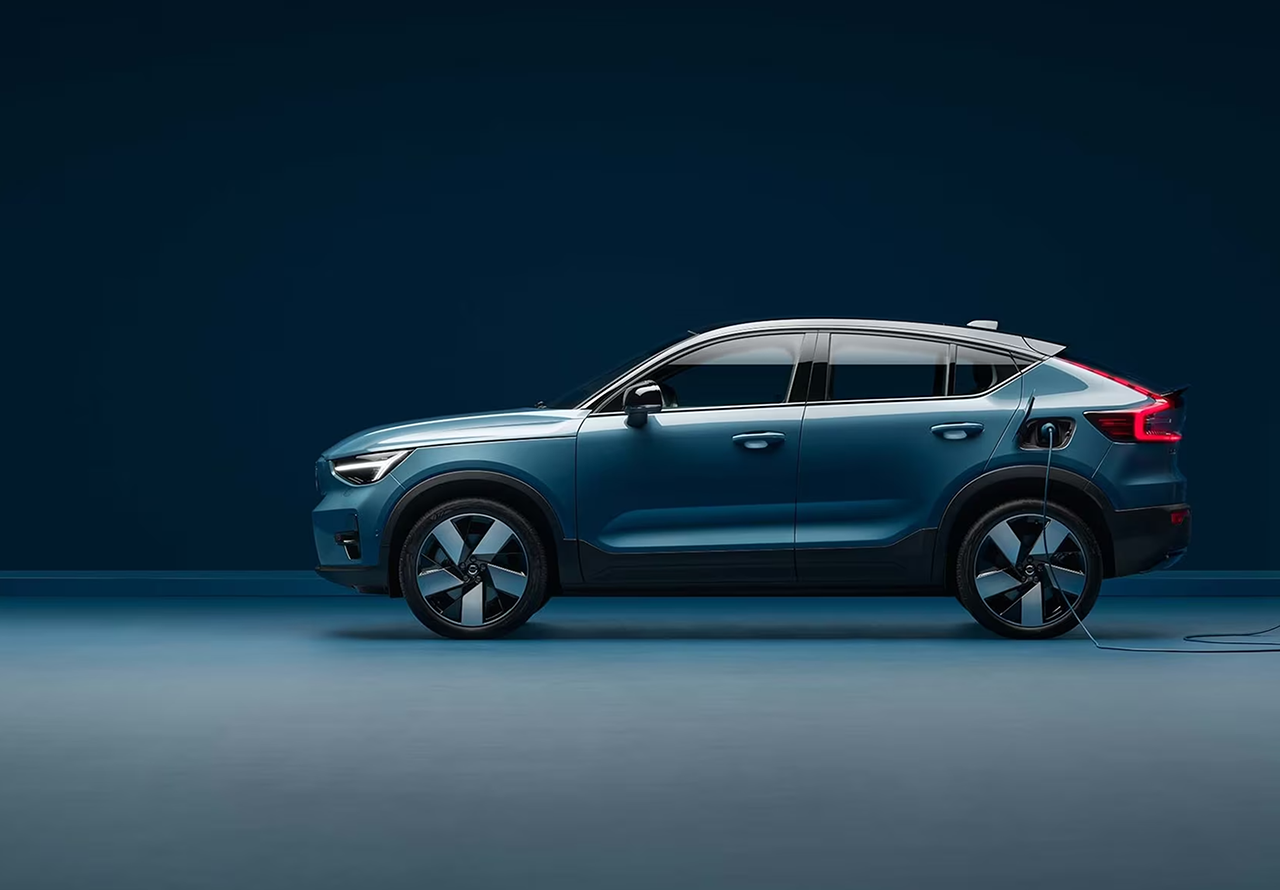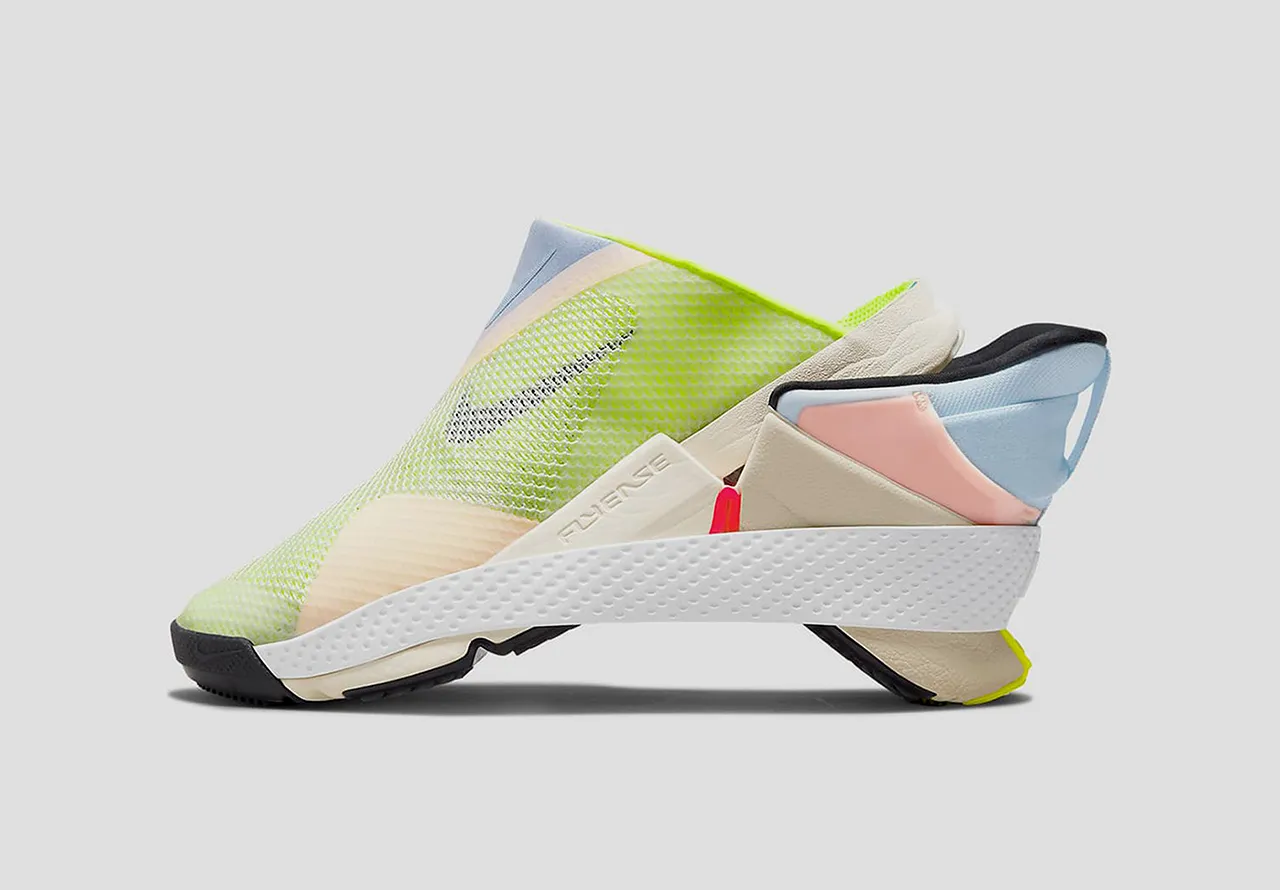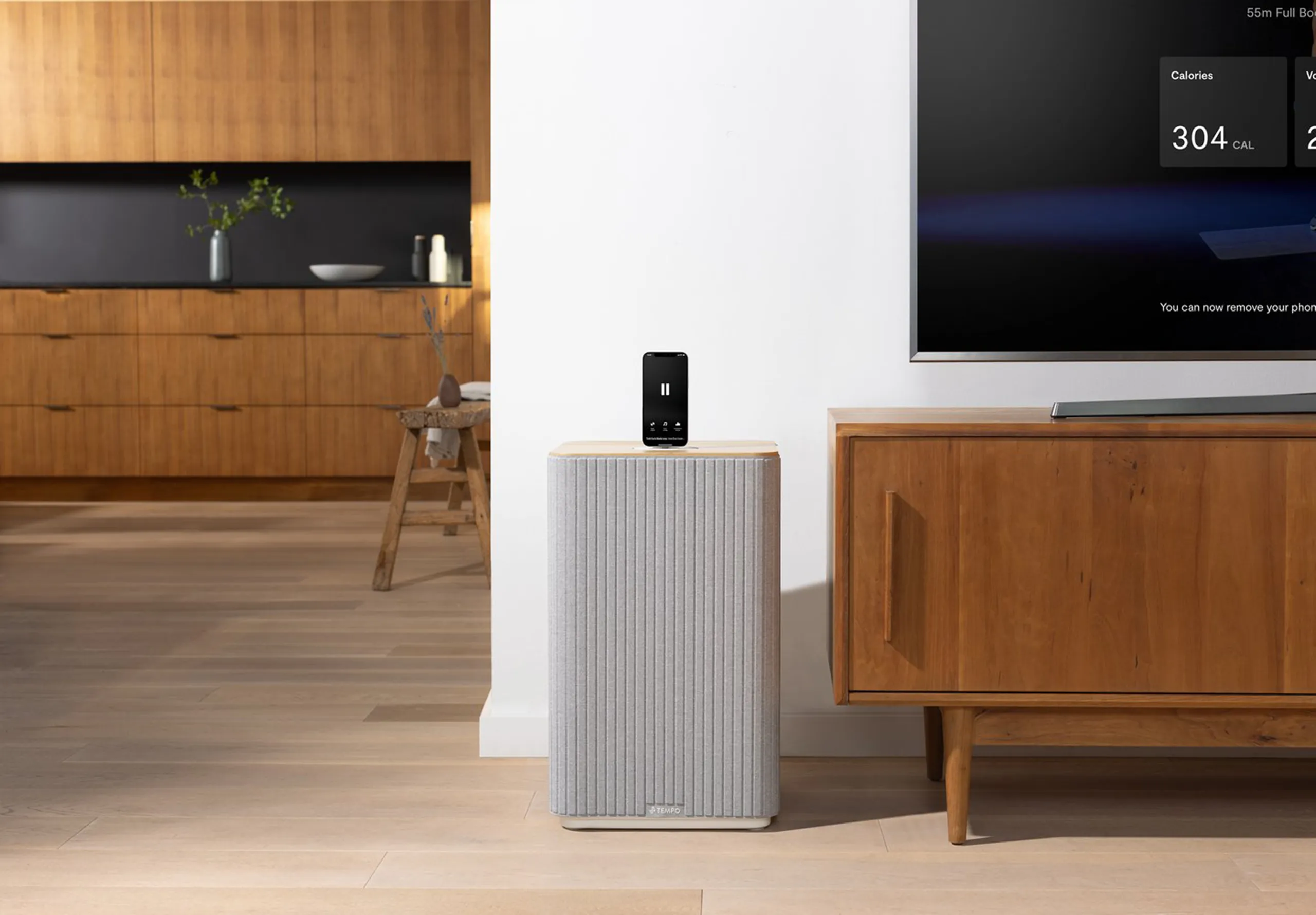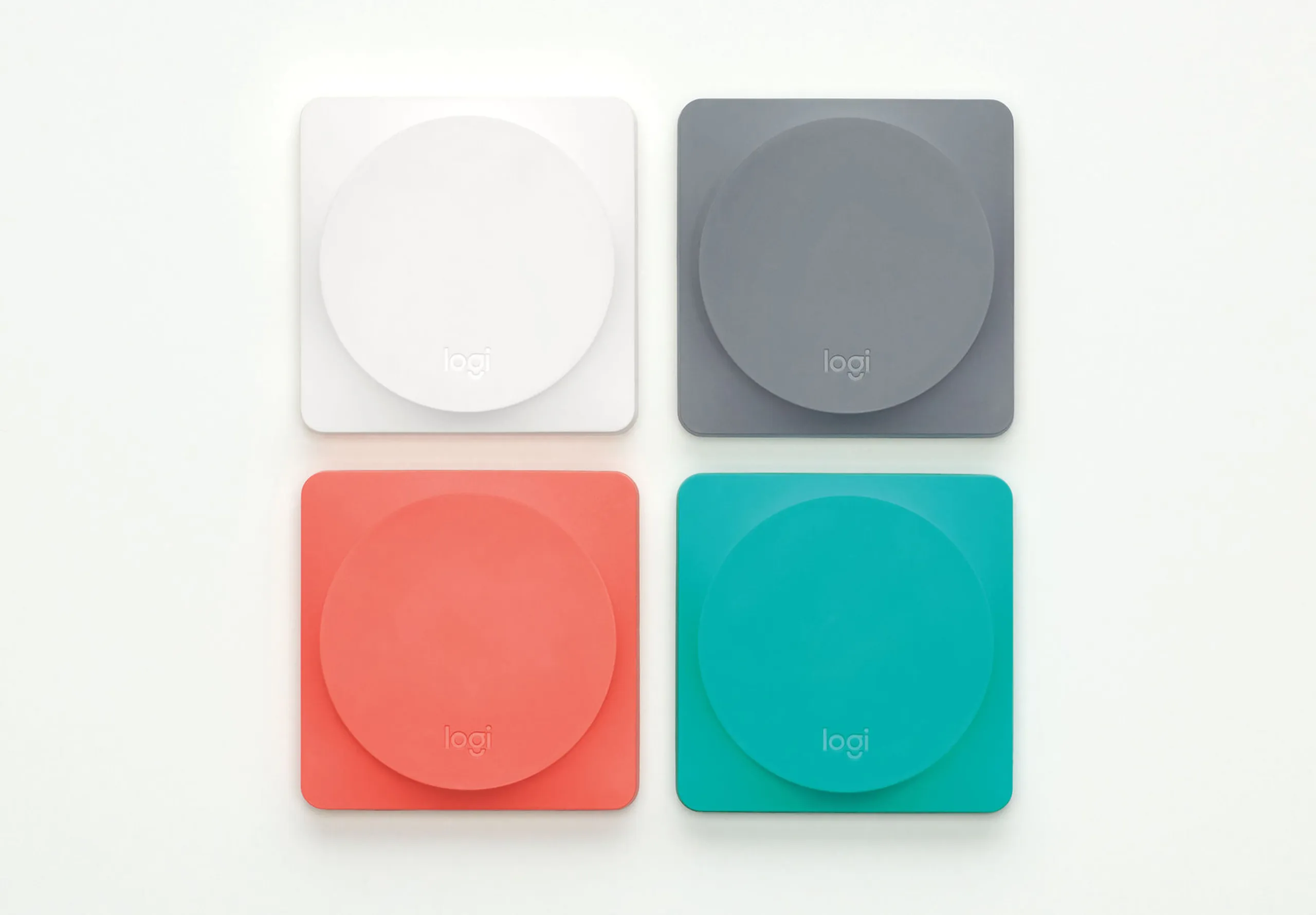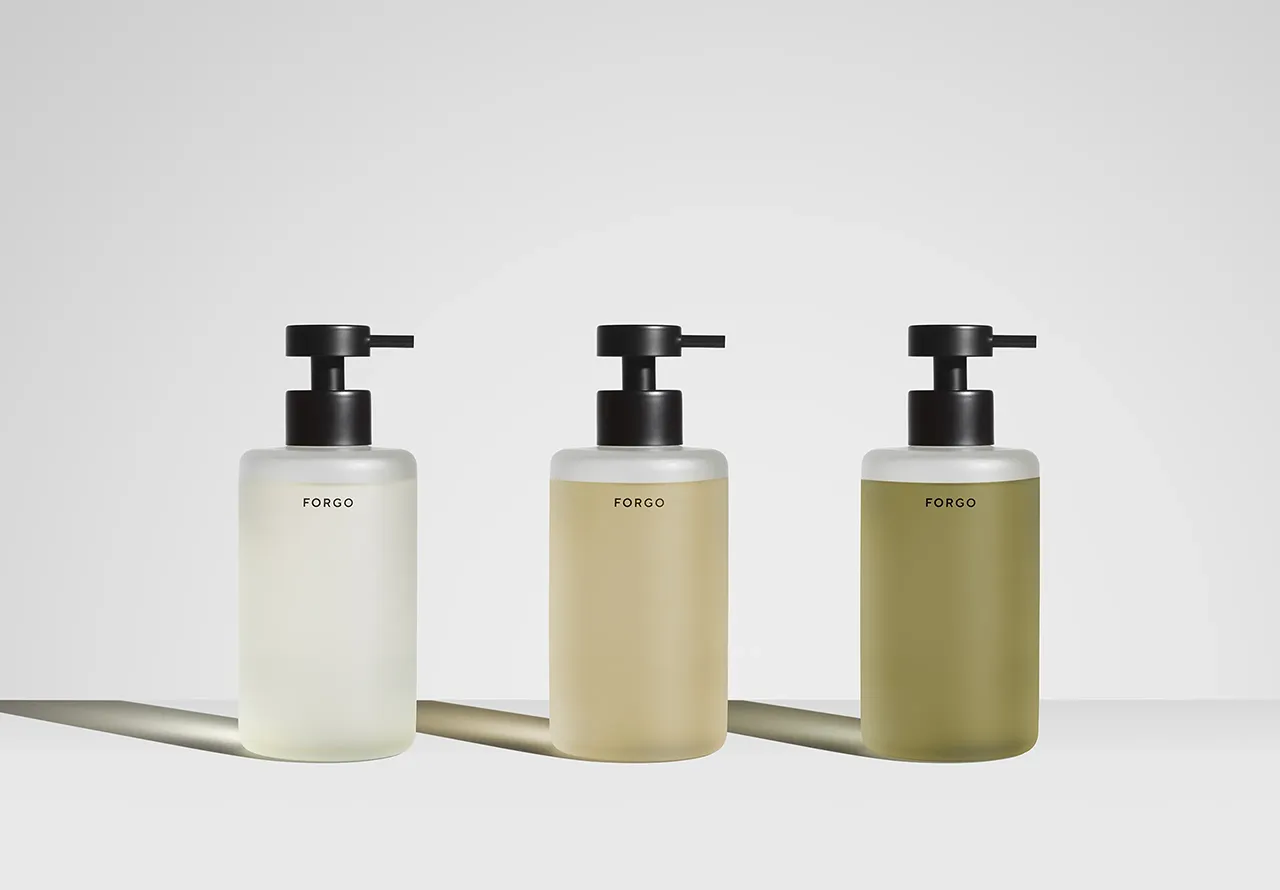Innovation lessons from the sportswear industry
The sportswear industry has long been at the vanguard of design innovation, pushing the boundaries of both aesthetics and functionality.
Now, as the climate crisis amplifies and consumers increasingly champion purpose, the sector has shifted its gears towards sustainability. What began as nuanced adjustments has blossomed into a wellspring of creative inspiration, setting a benchmark even for industries beyond sportswear.
In this piece, we cast the spotlight on some of the most interesting innovations in sportswear design and the invaluable insights other brands can glean from them.
Short on time? Use these links
The new wave of sustainable sportswear
A true trailblazer in the industry, Nike’s commitment to planet-centric design has propelled them to the forefront of sustainable sports brands. Their “Move to Zero” campaign has ignited a sustainability revolution within their brand, challenging every level of their business.
From their ingenious Space Hippie trainers, which boast the lowest carbon footprint on the market, to their operational and packaging innovations, Nike is redefining the very essence of design, material innovation, and production techniques. Their philosophy of “recontextualising the shoe” sheds light on how brands can embrace sustainability in truly remarkable ways.
Famed for creating ‘future clothing’, experimental clothing brand Vollebak continues to break boundaries in fashion. Now, the brand that brought us the 100-year-hoodie has partnered to create an algae-based clothing dye to replace the widely used petroleum dyes.
Further, their recent partnership with a leading architecture firm, BIG, resulted in the visionary concept of the “Vollebak Island,” showcasing the brand’s philosophy transcending into architecture. This collaboration offers a fresh perspective, unbounded by the limitations of designing for the human body and opening up new possibilities.
Tapping the potential of 3D printing
While 3D printing has become a mainstream technology, we often forget its transformative impact on the sports industry. In recent years, 3D printing has evolved beyond agile manufacturing and customisation, becoming a tool for experimentation and boundary-breaking innovation. The Fizik saddle exemplifies this shift, utilising additive manufacturing to create a more adaptive and ultimately comfortable saddle.
Furthermore, the collaboration between BIKE Magazine and Canyon introduces us to the revolutionary concept of the cradle-to-cradle bike. By envisioning a 3D printed alloy frame that can be recycled at the end of its life, as well as enabling localised manufacturing, this project offers a tantalising glimpse into a future of biking that is both sustainable and thrilling.
Personalisation meets performance
Last but not least, let’s talk about Hookie, the moto design company that knows how to make electric motorbikes cool. Their collaboration with Cake bikes takes the already radical electric bike and adds a dash of urban style and retro charm.
Through their customised body kits, parts, and accessories, Hookie elevates the electric motorbike to new heights of individuality and aesthetic appeal. It’s an exciting fusion of cutting-edge technology and personalised design that captures the imagination of bike enthusiasts worldwide.
More than ever, the sportswear industry is transcending mere product releases, exploring new dimensions of design and purpose. From Nike’s steadfast commitment to planet-conscious design to the avant-garde approaches of Vollebak, these innovations underscore the value of sustainability, the power of personalisation, and the potential of cross-industry inspiration.
For brands eager to evolve, these stories aren’t just trends, but signposts for the path forward.
Rodd bring a deep expertise in crafting design languages that tell your brands story as it should be told, so talk to us about how we can help you continue your story.

